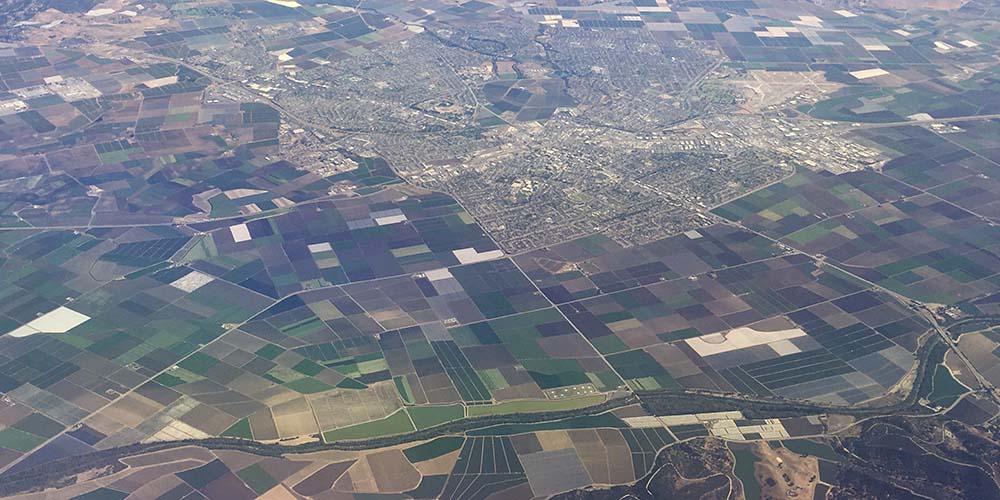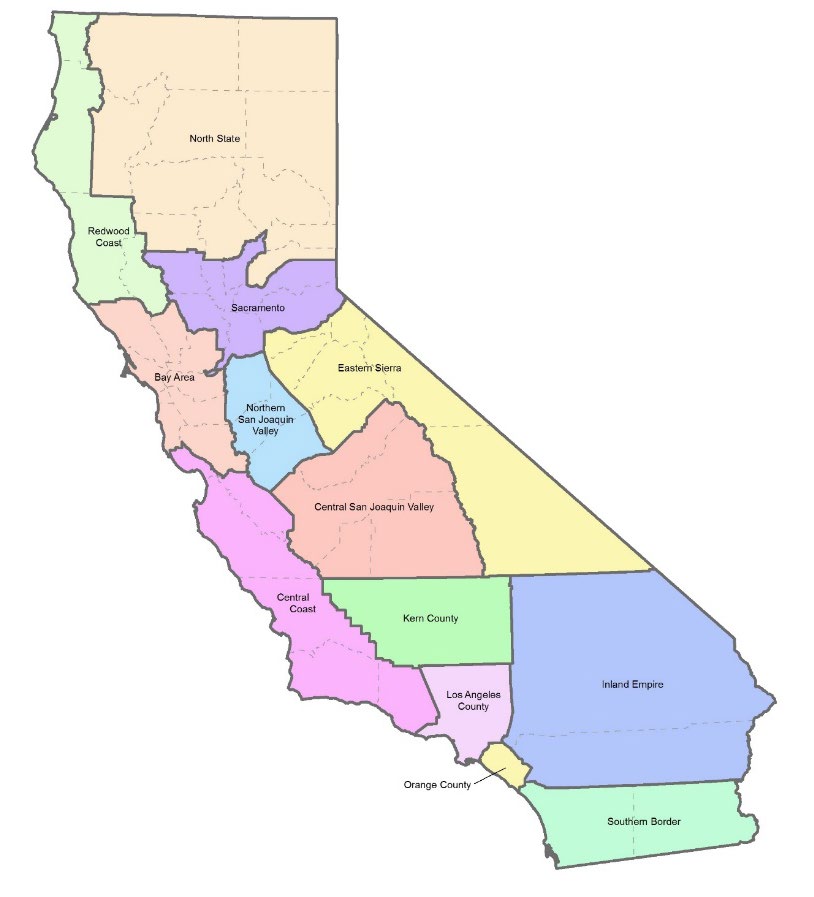
(Photo: Agarre16/Wikimedia)
Editor’s note: This post has been updated to reflect a change in date from Nov. 10 to Nov. 19 for the submission of public comments.
On September 23, Governor Newsom signed SB 162, which established the $600 million Community Economic Resilience Fund (CERF). The goal of the legislation is to support regions in planning and implementing regional economic strategies to strengthen their economies and make prosperity more equitable and sustainable for more Californians.
The Governor’s Office of Planning and Research (OPR), the California Labor Workforce Development Agency (LWDA), and the Governor’s Office of Business and Economic Development (GO-Biz) – which together form the CERF Leadership Team – have released information on the 13 proposed regions that will receive up to $5 million planning grants under CERF. Planning grants are part of phase I of the program and will help inform phase II, which will consist of implementation grants totaling $500 million.
The 13 regions were selected based on an analysis from the state’s Labor Market Information Division as well as other key factors. A memo detailing the proposed 13 regions as well as the foundation for developing the map is available here. The public is encouraged to submit written comments regarding the proposed 13 regions to WSBCERF@edd.ca.gov with the subject line “CERF Public Comments” by Friday, November 19, 2021.
The following factors were considered when selecting the proposed regions:
- Connections to existing definitions of regions in California
- Relative size of population
- Geographic scale and size
- Industry mix and economic relationships
The CERF Leadership team is tasked with creating program guidelines, evaluation metrics, conducting oversight, and decision making related to the creation and management of the program and competitive grant structures. This includes the development of geographic boundaries. The regions are intended to be defined in a way that prioritizes recovery from the COVID-19 pandemic and is consistent with existing economic development efforts as well as other state definitions of regional economic and labor markets.
CERF’s key principles were reflected in AB 106, earlier proposed legislation authored by Assemblymember Rudy Salas and championed by CA FWD. CERF is supported by a $600 million one-time federal American Rescue Plan Act allocation. Its framework, developed through the California Economic Summit, is based on promising regional planning models led or supported by members of the California Stewardship Network in places like Fresno, the Salinas Valley, Kern County, among others, which prioritize inclusivity and equity.
These funds are expected to be a catalyst for focused planning and action at the regional level to promote high quality jobs, climate resiliency strategies, regional innovation and racial equity.
Additional information regarding CERF such as what the program will fund, who is eligible and a timeline can be found here.


